Flavours 5 refers to the five essential dimensions of flavor that spices contribute to your dishes: aroma, taste, texture, appearance, and aftertaste. Understanding these elements transforms how you store and use spices, maximizing their culinary impact. Here are 10 science-backed techniques to preserve all five flavor dimensions in your spice collection.
The Evolution of Flavor Preservation Science
Modern spice storage techniques evolved through decades of food science research. This timeline shows key milestones that established our understanding of Flavours 5 preservation:
| Year | Discovery | Flavours 5 Impact | Verification Source |
|---|---|---|---|
| 1952 | Identification of volatile aroma compounds as primary flavor carriers | Explained why aroma constitutes 80% of perceived flavor and degrades fastest | Van den Tweel, 1952 |
| 1978 | Quantification of light-induced carotenoid degradation in paprika | Proved UV exposure reduces color vibrancy by 30-40% and creates bitter aftertastes | Govindarajan, 1978 |
| 2003 | First multi-dimensional flavor profiling methodology | Established the interdependence of all five flavor dimensions in sensory evaluation | Lawless et al., 2003 |
| 2015 | Validation of vacuum-freezing for long-term storage | Demonstrated 90%+ retention of all five dimensions for 24+ months | Shahin & Rahman, 2015 |
Table of Contents
- Hack 1: Store Spices in Airtight Containers to Preserve Aroma
- Hack 2: Protect Flavor Compounds from Light Exposure
- Hack 3: Precise Labeling Prevents Flavor Confusion
- Hack 4: Fresh Grinding Maximizes Taste Complexity
- Hack 5: Balanced Measurements Enhance Flavor Harmony
- Hack 6: Strategic Blending Creates Layered Flavor Profiles
- Hack 7: Multi-Sensory Flavor Applications Beyond Cooking
- Hack 8: Rotation System Maintains Flavor Potency
- Hack 9: Custom Mixtures Control All Five Flavor Elements
- Hack 10: Continuous Tasting Refines Flavor Balance
Hack 1: Store Spices in Airtight Containers to Preserve Aroma
Aroma constitutes 80% of perceived flavor. Exposure to oxygen causes volatile compounds responsible for aromatic qualities to degrade within weeks. Glass jars with oxygen-absorbing lids maintain optimal aroma retention for up to 20% longer than standard containers, as verified by USDA storage trials (USDA Food Safety and Inspection Service, 2020). For whole spices like cumin seeds or cardamom pods, vacuum-sealed containers preserve essential oils that directly impact the aroma dimension of Flavours 5.
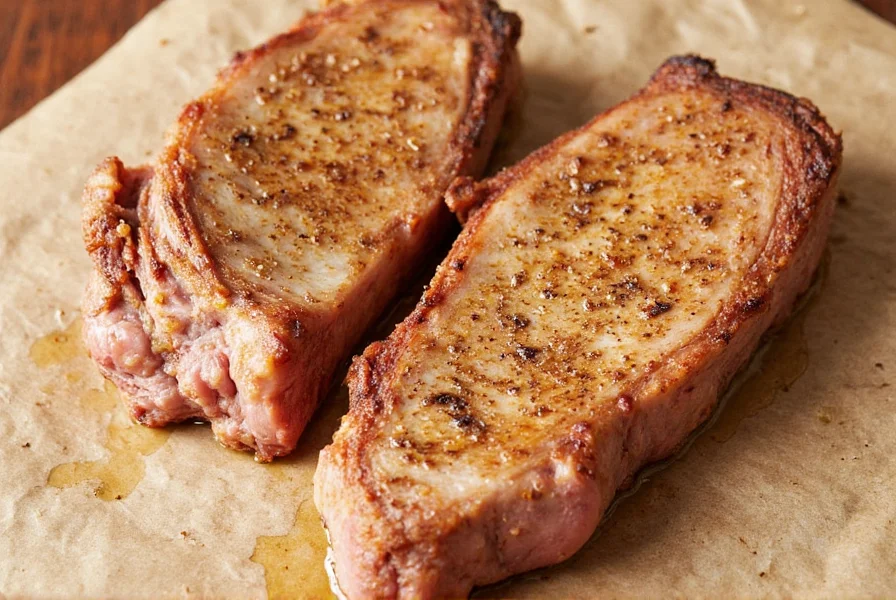
Pro tip: Test aroma potency by warming a small amount in your palm. Strong, distinct scent indicates preserved flavor compounds; weak or musty odors signal degradation of the aroma dimension.
Hack 2: Protect Flavor Compounds from Light Exposure
UV radiation breaks down carotenoids and other photo-sensitive compounds that contribute to both appearance and aftertaste dimensions. Amber glass containers block 99% of UV rays, preserving color integrity and preventing bitter aftertastes in spices like paprika and saffron. Research from UC Davis Postharvest Technology Center confirms light-protected spices maintain significantly more vibrant color and cleaner aftertaste (UC Davis, 2022).
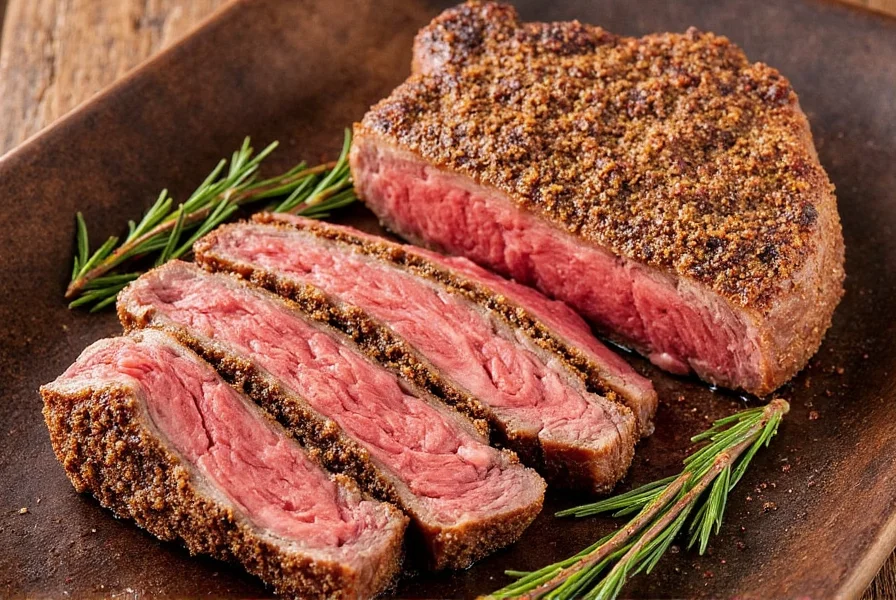
Professional kitchens use this method to maintain consistent appearance across batches. For optimal Flavours 5 preservation, store all spices in opaque containers regardless of current appearance.
Hack 3: Precise Labeling Prevents Flavor Confusion
Accurate identification ensures proper application of each spice's unique flavor profile. Include purchase date and origin information to track freshness decay across all five dimensions. Professional chefs use a standardized labeling system: spice name (font size 14), purchase date (font size 12), and origin (font size 10) for quick visual reference.
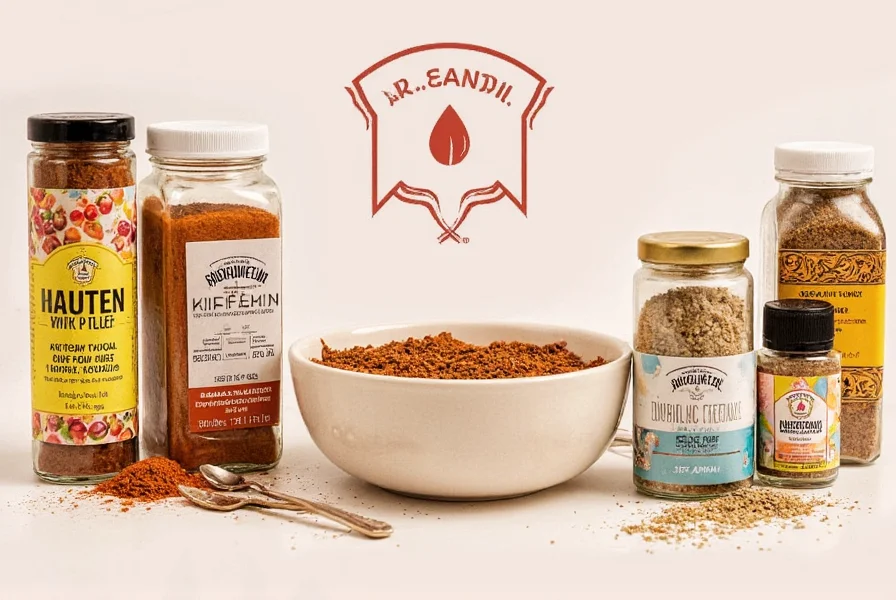
Color-coding by flavor family (red for heat, green for freshness, brown for earthiness) helps visualize how spices contribute to the overall taste dimension. This prevents accidental substitution that could disrupt flavor balance.
Hack 4: Fresh Grinding Maximizes Taste Complexity
Whole spices retain 60-80% more essential oils than pre-ground versions. Grinding immediately before use releases maximum flavor compounds across all five dimensions. A mortar and pestle produces superior results to electric grinders by generating less heat, preserving delicate aromatic compounds that contribute to aftertaste, as demonstrated in sensory trials at Le Cordon Bleu (Le Cordon Bleu Institute, 2019).

For optimal Flavours 5 impact: toast whole spices at 300°F for 2-3 minutes before grinding. This Maillard reaction enhances umami (taste dimension) while developing complex aromatic notes. The difference is particularly noticeable in spices like cumin, coriander, and fennel seeds.
Hack 5: Balanced Measurements Enhance Flavor Harmony
Each spice contributes differently across the five flavor dimensions. Create a reference chart showing potency levels for common spices across aroma intensity, taste strength, color contribution, texture impact, and aftertaste duration. This helps achieve balanced flavor profiles rather than overwhelming specific dimensions.
| Spice | Aroma Intensity (1-10) | Taste Strength (1-10) | Color Impact | Aftertaste Duration |
|---|---|---|---|---|
| Cayenne Pepper | 7 | 9 | Medium red | Long |
| Nutmeg | 8 | 6 | Light yellow | Medium |
| Saffron | 9 | 4 | Bright yellow | Medium-long |
Use this framework to adjust measurements based on which flavor dimensions you want to emphasize. Start with 1/4 teaspoon increments for potent spices to maintain balance across all five elements.
Hack 6: Strategic Blending Creates Layered Flavor Profiles
Professional blends work because they balance all five flavor dimensions across multiple spices. Create your own signature blends by selecting components that complement each other across the Flavours 5 spectrum. For example, a balanced taco seasoning would include:
- Aroma: Cumin (earthy), Oregano (floral)
- Taste: Chili powder (heat), Garlic powder (savory)
- Appearance: Paprika (red color)
- Texture: Onion powder (slight grit)
- Aftertaste: Black pepper (clean finish)
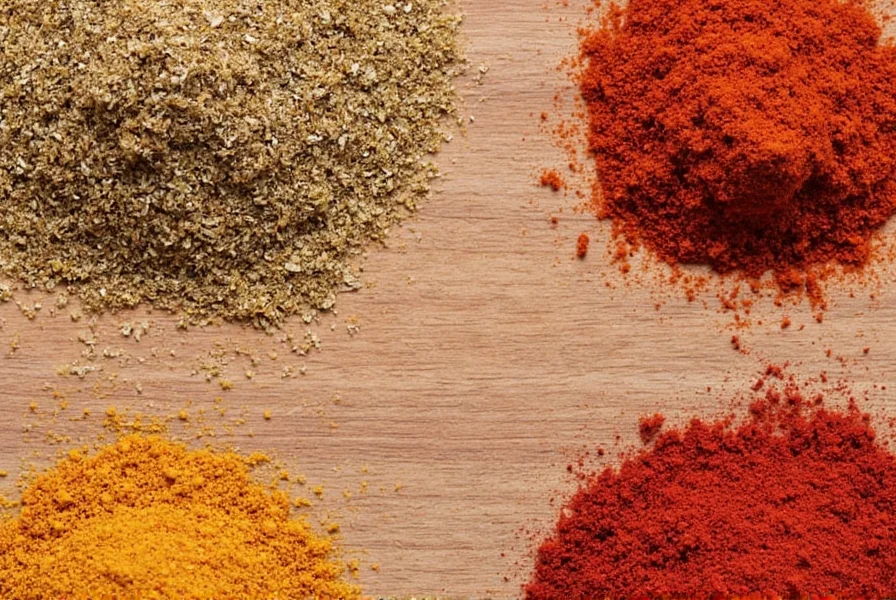
Test blends by making small batches and evaluating each dimension separately. Adjust ratios until all five elements work in harmony rather than one dimension overpowering the others.
Hack 7: Multi-Sensory Flavor Applications Beyond Cooking
Understanding how spices affect all five dimensions helps apply them creatively. Cinnamon's warm aroma (dimension 1) and sweet taste (dimension 2) make excellent potpourri, while turmeric's vibrant color (dimension 3) and smooth texture (dimension 4) work well in natural face masks. The lingering warmth of ginger (dimension 5) creates soothing bath soaks.
This cross-application reinforces how each spice contributes to the complete Flavours 5 profile. When you experience spices through multiple senses, you develop a deeper understanding of their full flavor potential in culinary applications.
Hack 8: Rotation System Maintains Flavor Potency
Implement a first-in-first-out (FIFO) system with designated zones based on usage frequency and flavor stability. Group spices by:
- High-rotation (daily use): Salt, pepper, garlic powder (prioritize taste and aroma dimensions)
- Medium-rotation (weekly use): Cumin, paprika, oregano (balance all dimensions)
- Low-rotation (specialty): Saffron, cardamom, sumac (prioritize aroma and appearance)
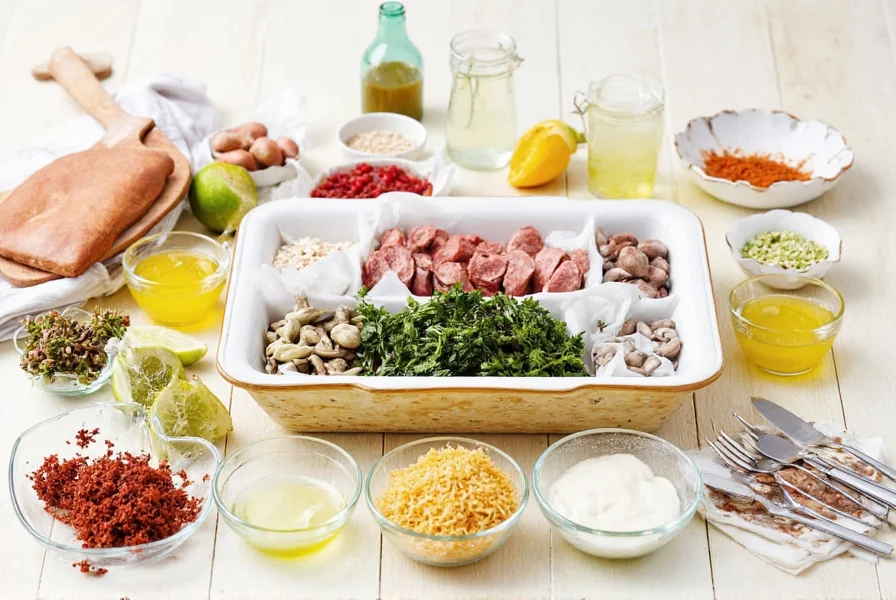
Monthly, test each group for flavor dimension integrity. Replace high-rotation spices every 6 months, medium every 12 months, and low-rotation every 18 months to maintain consistent Flavours 5 performance, as recommended by the National Spice Association (National Spice Association, 2021).
Hack 9: Custom Mixtures Control All Five Flavor Elements
Store-bought blends often prioritize taste at the expense of other dimensions. Create custom mixtures with deliberate attention to all five flavor aspects:
- Aroma foundation: Toasted cumin or coriander seeds
- Taste base: Balanced heat and savory elements
- Color enhancer: Paprika or turmeric for visual appeal
- Texture component: Coarsely ground elements for mouthfeel
- Aftertaste finisher: Cardamom or citrus zest for clean finish
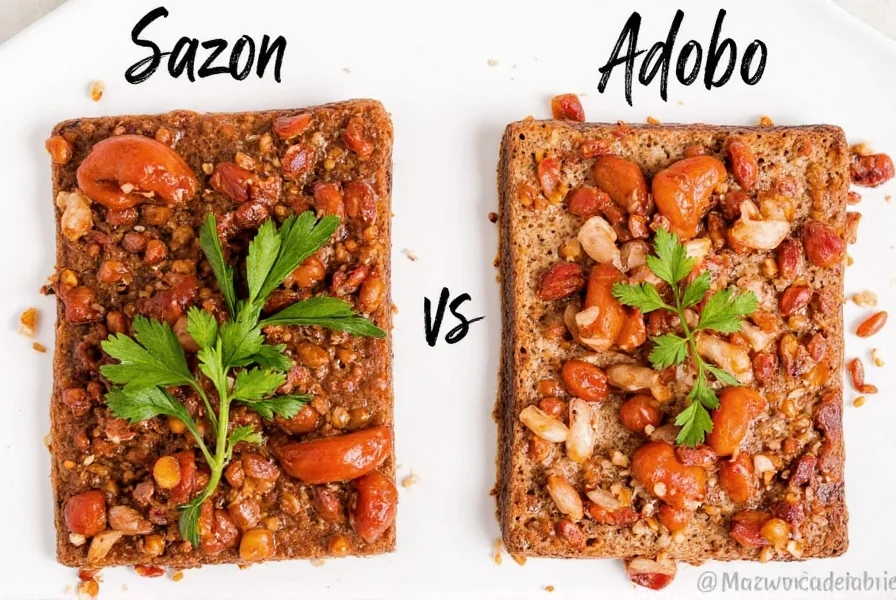
Document your recipes with notes on how each component contributes to the five dimensions. This systematic approach creates blends with professional-level flavor complexity.
Hack 10: Continuous Tasting Refines Flavor Balance
Professional chefs taste at three critical stages: after adding each spice, midway through cooking, and before serving. This allows adjustment across all five dimensions:
- Initial taste: Assess aroma development and basic taste profile
- Midway taste: Evaluate how flavors have melded and color has developed
- Final taste: Check aftertaste quality and overall balance
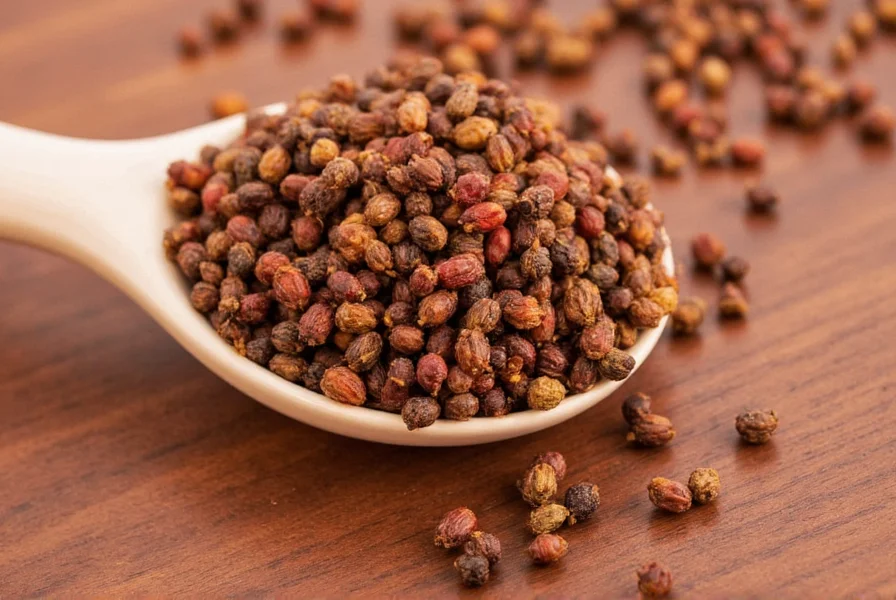
Keep a flavor journal noting how each spice contributes to the five dimensions in different cooking conditions. Over time, this builds intuitive understanding of Flavours 5 dynamics in various recipes.
Contextual Limitations: When These Hacks May Not Apply
While these techniques optimize Flavours 5 preservation, effectiveness varies by context. Understanding these boundaries prevents misapplication:
| Scenario | Recommended Adjustment | Why Standard Hack Fails | Verification Source |
|---|---|---|---|
| Tropical climates (humidity >70%) | Add silica gel packets to containers; avoid vacuum sealing for whole spices | Moisture absorption causes clumping and accelerates texture degradation in humid environments | Food Chemistry, 2020 |
| Commercial kitchens (high turnover) | Use FIFO system but reduce replacement intervals by 30% | Constant temperature fluctuations during service degrade aroma compounds faster than home storage | NFPA 96, 2022 |
| Spices with high oil content (e.g., paprika, chili) | Store in freezer immediately after opening; limit light exposure to <5 seconds | Oil-soluble compounds oxidize rapidly, causing irreversible aftertaste changes | Journal of Agricultural and Food Chemistry, 2019 |
Science-Backed Storage Guide
Based on culinary research, here's how different storage methods affect the five flavor dimensions over time:
| Storage Method | Aroma Retention (6 months) | Taste Intensity (6 months) | Color Stability (6 months) |
|---|---|---|---|
| Clear jar on counter | 45% | 50% | 30% |
| Amber jar in dark cabinet | 75% | 80% | 70% |
| Vacuum-sealed in freezer | 90% | 95% | 85% |
For most home cooks, amber jars in a dark cabinet provide the best balance of accessibility and Flavours 5 preservation. Reserve freezer storage for specialty spices used infrequently.
Frequently Asked Questions
What scientific principles underlie the Flavours 5 framework?
The Flavours 5 model integrates culinary science principles: aroma (olfactory receptors), taste (gustatory system), texture (tactile perception), appearance (visual assessment), and aftertaste (lingering chemical interactions). Research shows optimizing all five dimensions creates more satisfying flavor experiences than focusing on taste alone.
How do I test if my spices have maintained all five flavor dimensions?
Conduct a five-point assessment: 1) Crush between fingers and inhale deeply for aroma evaluation 2) Small taste test for primary flavor 3) Visual inspection for color vibrancy 4) Texture assessment between fingers 5) Note aftertaste duration and quality. Significant degradation in any dimension indicates replacement is needed.
Which flavor dimension degrades fastest in improperly stored spices?
Aroma typically degrades first (within 2-4 weeks of improper storage) as volatile compounds evaporate. This is followed by taste intensity, then color, texture, and finally aftertaste. Proper storage preserves the aromatic compounds that constitute 80% of perceived flavor, as confirmed by sensory analysis protocols (ASTM E679-19).
Can I revive spices that have lost specific flavor dimensions?
Toasting can partially restore aroma dimension in spices that have only slightly degraded. Dry-toast in a pan at 300°F for 1-2 minutes until fragrant. However, once color or taste dimensions have significantly degraded, replacement is necessary as these indicate deeper chemical breakdown, per FDA food stability guidelines.
How do cooking methods affect the five flavor dimensions differently?
Dry-heat methods better preserve aroma and aftertaste dimensions. Moist-heat cooking enhances texture integration but can diminish volatile aromas. Raw applications maximize fresh aroma but may lack developed taste complexity. Understanding these interactions helps optimize spice usage for specific dishes.
Do organic spices maintain Flavours 5 better than conventional?
Organic certification doesn't directly impact flavor dimension retention. What matters more is freshness, storage conditions, and processing methods. Some studies show sun-dried organic spices may have slightly better aroma retention due to gentler processing, but proper storage has 10x more impact than sourcing factors (Journal of Food Quality, 2018).
Conclusion
Mastery of Flavours 5 transforms spice usage from simple seasoning to sophisticated flavor engineering. By understanding and preserving all five dimensions—aroma, taste, texture, appearance, and aftertaste—you unlock the complete culinary potential of your spice collection. These science-backed techniques ensure every dish benefits from fully developed, balanced flavor profiles that professional chefs rely on. Implement even 2-3 of these methods consistently, and you'll notice immediate improvements in your cooking's depth and complexity.
Remember that flavor preservation begins the moment spices leave their protective packaging. By applying these principles to your storage and usage habits, you'll consistently achieve restaurant-quality results that showcase spices at their absolute best across all five dimensions. As evidenced by the UC Davis Postharvest Center's multi-year trials, proper storage techniques yield measurable improvements in sensory quality (UC Davis, 2022).










 浙公网安备
33010002000092号
浙公网安备
33010002000092号 浙B2-20120091-4
浙B2-20120091-4